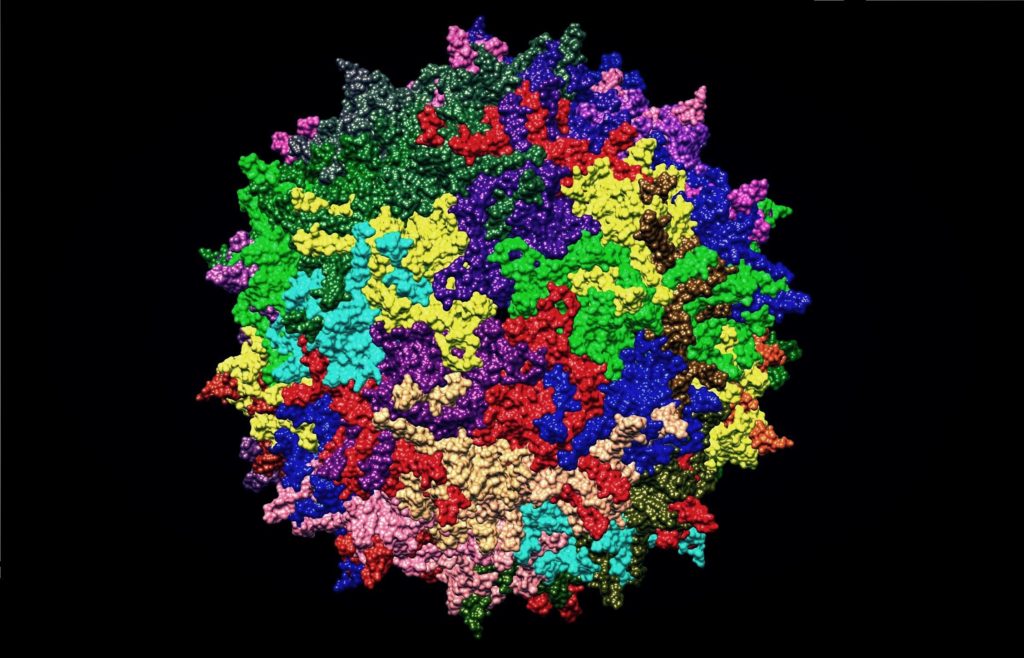Will new coronavirus spread through the air? WHO authority responds

Will Coronavirus 2019 (COVID-19) be transmitted by air?
Has the WHO revised safety guidelines based on recent academic research on the aerosol transmission? The answer is negative about coronavirus.
Today, WHO officials said that based on current evidence, the 2019 Coronavirus is primarily transmitted through respiratory droplets from one person to another.
When a person comes in close contact (within 1 meter) with someone who has symptoms of a respiratory tract infection (such as a cough or sneezing) and thus becomes a potentially infectious drop. Drop transfer (fly diameter is usually 5-10 microns) The droplet transfer can also be caused by contact with the surface of objects in the environment around the affected individual.
So, if you breathe the virus within 1 meter of a 2019 Coronavirus patient, or touch a contaminated surface before washing your hands, and then start touching your eyes, nose or mouth, you maybe get an infection.
Air delivery differs from droplet transmission (air transmission is usually spread through particles smaller than 5 microns in diameter). These particles come from large droplets or are present in dust particles. They can stay in the air for a long time and spread over a distance of more than 1 meter.
For certain 2019 coronavirus diseases, the virus can spread to the air in certain conditions and during medical procedures, such as aerosol (eg tracheal intubation, bronchoscopy, open suction, spray therapy, intubation anterior hand control ventilation, patient position. , Ventilator). Offline, non-invasive positive pressure ventilation, tracheostomy, and cardiopulmonary resuscitation). In a study of 75,465 coronavirus patients in China in 2019, there has been no case of air transplantation.
To date, several academic papers have explored whether new coronaviruses can be detected in the air, with the aim of presenting preliminary evidence that the virus may be transmitted through the air. Care should be taken in interpreting the results of these preliminary studies.
The New England Journal of Medicine recently published an article on how long a new coronavirus can survive in the environment. The research team experimentally used a Three Jet Collison Nebulizer and a Goldberg drum to produce viral aerosols in laboratory conditions and observed that aerosols could be suspended in the air for about 3 hours.
Be aware that the Goldberg Drum is a high power instrument and does not meet the general coughing conditions. In addition, even if it is found that the new coronavirus can remain in the form of aerosol particles for up to 3 hours under such conditions, these conditions are not in accordance with the clinical operating environment in which the aerosol is produced. In other words, the aerosol in the study was developed by the laboratory process.
Based on the current evidence, WHO retains the original recommendation that anti-droplet and contact isolation measures be recommended for medical care personnel of patients with coronavirus disease in 2019, and that anti-exposure and air protection be recommended during aerosol-generating diagnostics Spread quarantine measures.
WHO’s recommendations to the public also remain unchanged, namely:
Keep a distance of at least 1 meter from others;
Disinfect frequently contacted surfaces;
Wash your hands frequently and thoroughly;
Avoid touching your eyes, mouth, and nose with your hands.
Also, Read
100,000 people could die from new coronavirus pneumonia in the U.S
EMUI 10.1 shell is presented, More than 30 Huawei smartphones will receive it
“Half-Life: Alyx” VR-free Mouse and Mouse Mod Announces Demo Video






